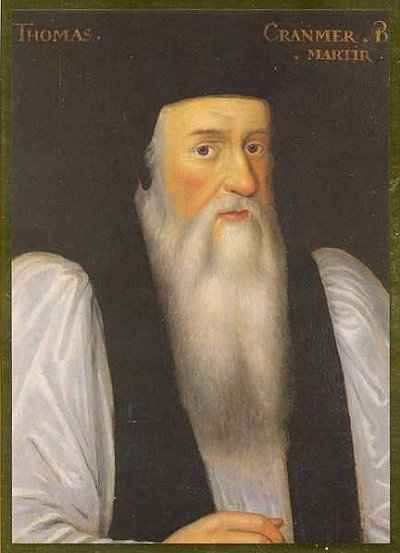 Henry VIII of England went from being called "Fidei Defensor" by the pope in 1521 to being excommunicated in 1533. What on earth happened?
Henry VIII of England went from being called "Fidei Defensor" by the pope in 1521 to being excommunicated in 1533. What on earth happened? Average, 10 Qns, ponycargirl,
Mar 23 15
 Henry VIII of England went from being called "Fidei Defensor" by the pope in 1521 to being excommunicated in 1533. What on earth happened?
Henry VIII of England went from being called "Fidei Defensor" by the pope in 1521 to being excommunicated in 1533. What on earth happened?  The Reformation that began with Martin Luther affected countries all across Europe. England became involved in the movement when King Henry VIII wanted to divorce his wife. His actions raised issues that took a long time to resolve.
The Reformation that began with Martin Luther affected countries all across Europe. England became involved in the movement when King Henry VIII wanted to divorce his wife. His actions raised issues that took a long time to resolve.  Being a religious reformer before the Protestant Reformation was pretty risky business. However, once Martin Luther successfully broke away from the Catholic Church, new movements sprang up all over Europe.
Being a religious reformer before the Protestant Reformation was pretty risky business. However, once Martin Luther successfully broke away from the Catholic Church, new movements sprang up all over Europe. |
|
 In 1517 Martin Luther began a period that is commonly called the Reformation. What do you know about this time, which caused great change and upheaval in Europe?
In 1517 Martin Luther began a period that is commonly called the Reformation. What do you know about this time, which caused great change and upheaval in Europe?  Although King Henry VIII launched the Protestant Reformation in England, the matter was not completely resolved by the time of his death. What else happened?
Although King Henry VIII launched the Protestant Reformation in England, the matter was not completely resolved by the time of his death. What else happened?  Quick Question
Quick Question = Top 5% Rated Quiz,
= Top 5% Rated Quiz,
 Top 10% Rated Quiz,
Top 10% Rated Quiz,
 Top 20% Rated Quiz,
Top 20% Rated Quiz,
 A Well Rated Quiz
A Well Rated Quiz
· All questions, answers, and quiz content on this website is copyright FunTrivia, Inc and may not be reproduced without permission. Any images from TV shows and movies are copyright their studios, and are being used under "fair use" for commentary and education.